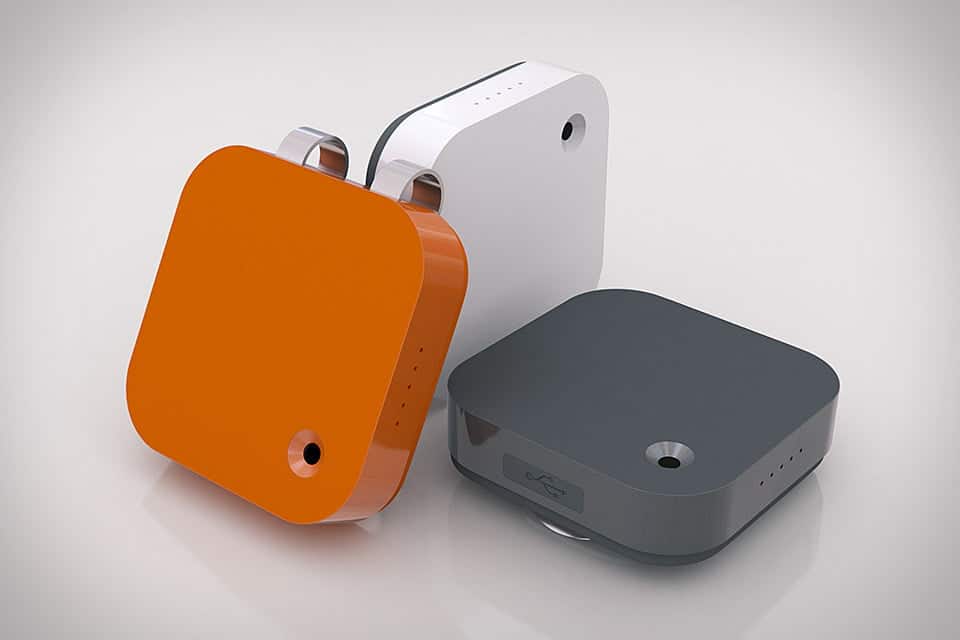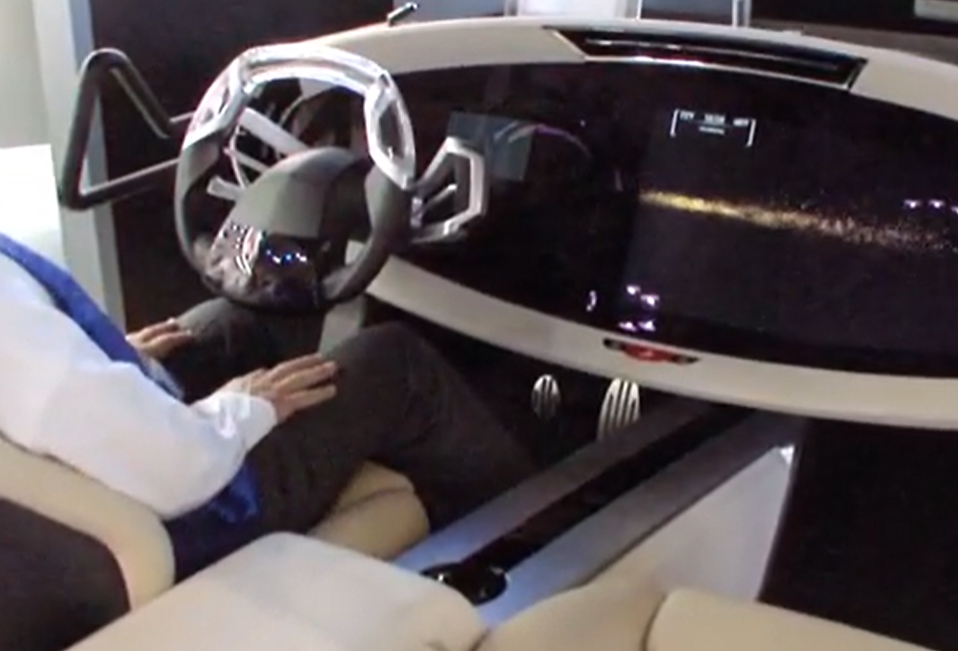DARPin E2-79, is the beginning of the end for allergies
How stupid are allergies. Stupids. Our immune system becomes hysterical in reacting to external impulses and does so for no reason: an 'excess defense' which in the most serious cases can even lead to death. The so-called 'vaccines' currently on the market are only desensitizing treatments that actually act on the symptoms, nothing that eliminates the underlying cause once and for all. [highlight]Today a new molecule could succeed in the mission:[/highlight]its name is DARPin E2-79 and it comes… Read more


















